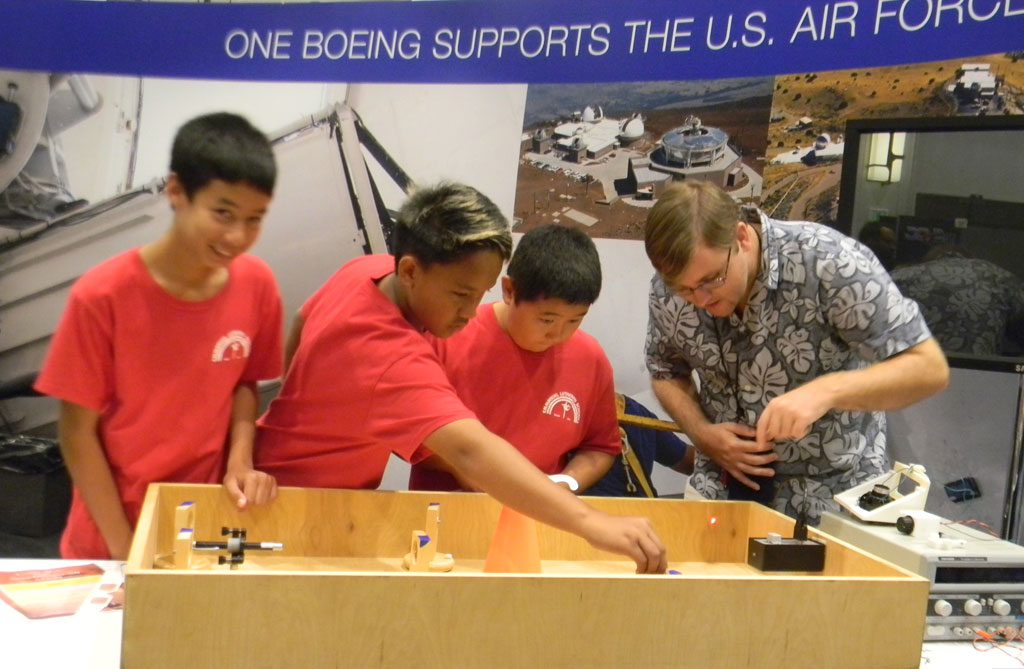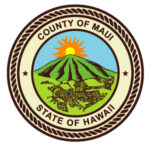 The 16th annual Advanced Maui Optical and Space Surveillance Technologies Conference (AMOS) was held in September in the culturally rich setting of the Wailea Marriott Resort and Spa. Presented by Maui Economic Development Board and numerous sponsors, the four-day event is known as the top scientific conference in the field of optics and imaging for the surveillance of space. The conference brought together scientists from around the world to offer updates and assessments of current research in the fields of space situational awareness (SSA), space weather and related specialties in astronomy. SSA refers to knowledge of the space environment and the natural and man-made objects in orbit around the Earth.
The 16th annual Advanced Maui Optical and Space Surveillance Technologies Conference (AMOS) was held in September in the culturally rich setting of the Wailea Marriott Resort and Spa. Presented by Maui Economic Development Board and numerous sponsors, the four-day event is known as the top scientific conference in the field of optics and imaging for the surveillance of space. The conference brought together scientists from around the world to offer updates and assessments of current research in the fields of space situational awareness (SSA), space weather and related specialties in astronomy. SSA refers to knowledge of the space environment and the natural and man-made objects in orbit around the Earth.
The Boeing Company, AMOS’s main sponsor, recognizes the need for the future generation to get involved in all areas of space exploration and technological solutions. “Our Global Corporate Citizenship program, which originated on Maui in 2005, continues to contribute to community educational and environmental programs,” said Jerry Cornell, Boeing Site Executive. “AMOS provides a great opportunity for our Boeing experts to engage with Maui County students.”
The students, introduced to space technologies via exhibits and hands-on projects, had the opportunity to meet industry professionals and learn valuable lessons in science, technology, engineering and math subjects. “I learned so much at AMOS and the Boeing exhibits,” said Raider Howard, Lokelani Intermediate 8th grader. “Satellites continue to make a big impact on our community and in the world. We need new technology now and in the future for national security, internet, banking, telephones, television, navigation, scientific exploration and more.”
At Boeing’s simulated optics exhibits, students learned how light is transmitted from the collection points of the large 3.6-meter Haleakala summit telescope, via mirrors to an engineered optics table. Students were tasked to redirect light from a pen laser source, using up to five mirrors, onto moveable pucks, and finally to an optic sensor that buzzed when the laser light touched it. A 3D-printed fast-steering mirror was installed on the simulated optics table, making the laser light bounce off the steering mirror first. That mirror had separate controls, so student teamwork was required to complete the assigned task. “The experiments at AMOS were really interesting,” said Howard. “I might want to be an astronomer.”
